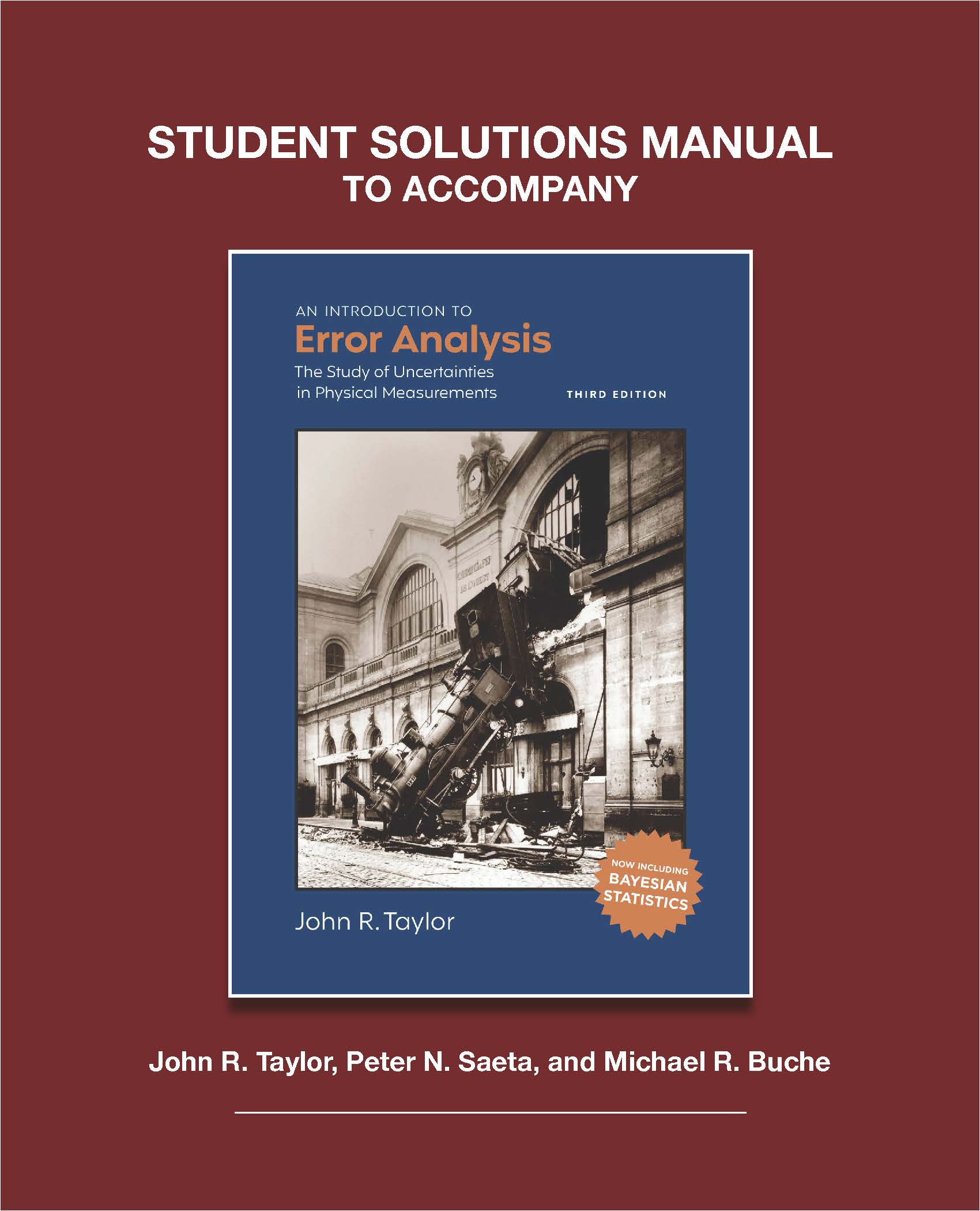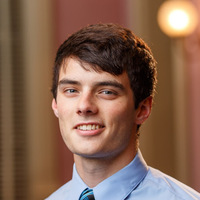
Student Solutions to Accompany Taylor’s An Introduction to Error Analysis, 3rd ed
Now Available
This detailed Student Solutions Manual accompanies our internationally lauded text, An Introduction to Error Analysis by John R. Taylor, which is newly released in its 3rd edition after sales of more than 120,000 print copies in its lifetime.
View Solutions Manual SourceSummary
This detailed Student Solutions Manual accompanies our internationally lauded text, An Introduction to Error Analysis by John R. Taylor, which is newly released in its 3rd edition after sales of more than 120,000 print copies in its lifetime.
One of the best ways for a student to develop a complete understanding of difficult concepts is by working through and solving problems. This Student Solutions Manual accompanies John Taylor’s Introduction to Error Analysis, 3rd Edition, restating the chapter-ending problems and including detailed solutions, with sometimes more than one solution per problem. Some solutions include the use of spreadsheets and Python, both of which are introduced in tutorials for readers who want to expand their skill sets.
JUST RELEASED! Now available for the first time, a printed two-book softcover set of Taylor’s AN INTRODUCTION TO ERROR ANALYSIS, 3rd Edition and its accompanying STUDENT SOLUTIONS MANUAL. The two-book set price represents a 15% discount, at US $109. Customers may direct-order from this web page by browsing to Introduction to Error Analysis, 3e and Solution Manual Set | USB Bookstore</p
Table of Contents
Preface
List of Spreadsheets
List of Python Examples
1 Preliminary Description of Error Analysis
2 How to Report and Use Uncertainties
3 Propagation of Uncertainties
4 Statistical Analysis of Random Uncertainties
5 The Normal Distribution
6 Rejection of Data
7 Weighted Averages
8 Least-Squares Fitting
9 Covariance and Correlation
10 The Binomial Distribution
11 The Poisson Distribution
12 The Chi-Squared Test for a Distribution
13 Bayesian Statistics
S.A Spreadsheets
S.A.1 Cells and Ranges
S.A.2 Significant Figures
S.A.3 Functions
S.A.4 Example: Plotting Lorentzians
S.A.5 Statistical Functions
S.A.6 Linear Regression
S.B Python
S.B.1 Installation
S.B.2 Coding Environment
S.B.3 Getting Help
S.B.4 Example: Plotting Lorentzians
S.B.5 Statistical Functions



